Airstream345
Guru
- Joined
- Jul 3, 2017
- Messages
- 1,015
- Location
- United States
- Vessel Name
- FORTITUDE
- Vessel Make
- Kadey Krogen 54-8
Andrew, that’s amazing. Any details on the motor? Horsepower, volts/amps, duty cycle? Also curious about cooling if.
Yes, I'll post an image of the nameplate or specs plate on the electric motor as soon as I can. And look around for a contactor controlled by that lightswitch. And get some multimeter readings so I'll know what I've got before I have to use it in real life.
Your old generator and the motor are 3 phase. Be sure the new generator is also. You can also get a single phase to variable frequency 3 phase converter, but for 7 1/2 hp probably not cheap. Bill
If a diesel engine fails, no matter if you have a single or twins. The problem is most often fuel. So if you have some bad or dirty fuel your genny will fail Pete
I have an old mdje 7.5 kw onan and it’s a single phase genset. Mine seems pretty reliable so far, but I don’t actually use it much.
OK, I'll just "skirt" the twin engine debate here for a second, (without getting into it).
If a diesel engine fails, no matter if you have a single or twins. The problem is most often fuel. So if you have some bad or dirty fuel your genny will fail also.
pete
I own a 40' Willard (hull #2) which has the original gen. set and get home motor. The generator is an Onan MDJE wired to supply 208 volt 3 phase to the get home motor and 120 volt single phase to house.
My boat guy is on the boat today and he said his look at the wiring leads him to think the old MDJE Onan is outputting 120VAC to the panel and 240VAC to the electric motor.
It's my impression that this is still referred to as "single-phase" as you have two 120V legs in the same phase but with opposite voltages.
Since these early Willards were hand-built one at time, they may have been experimenting with different setups at the time.
Attached is the plate from the old genset. He is indeed going to have to fiddle with the gen-head wiring to make sure it will drive the panel and the get-home.
Andrew
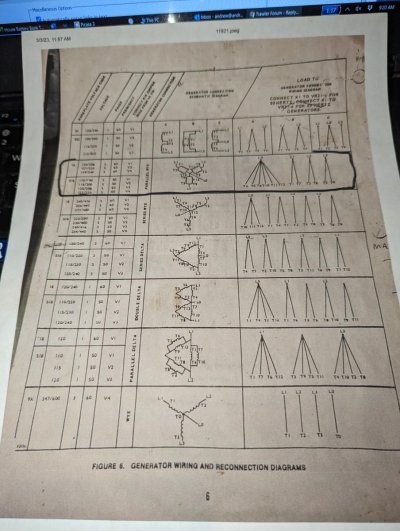
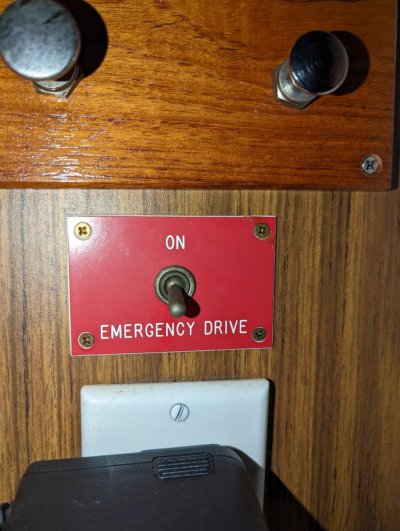
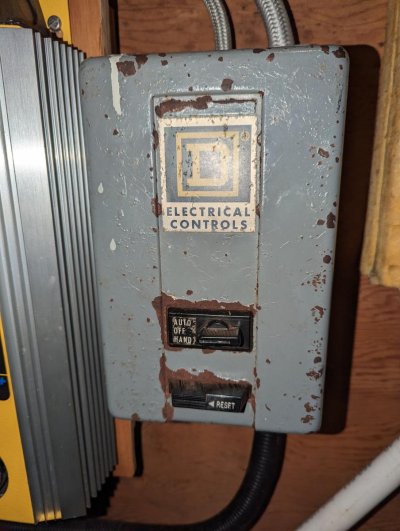
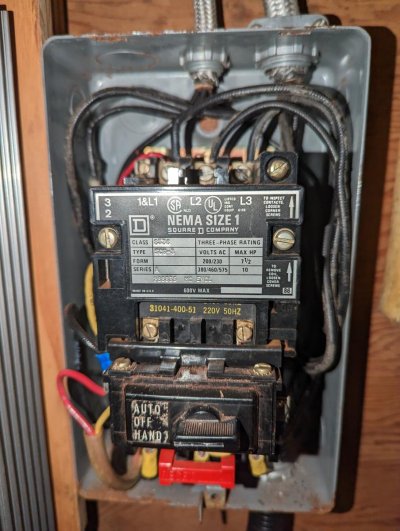
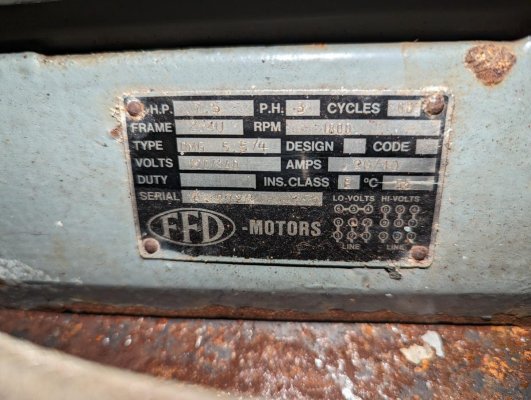
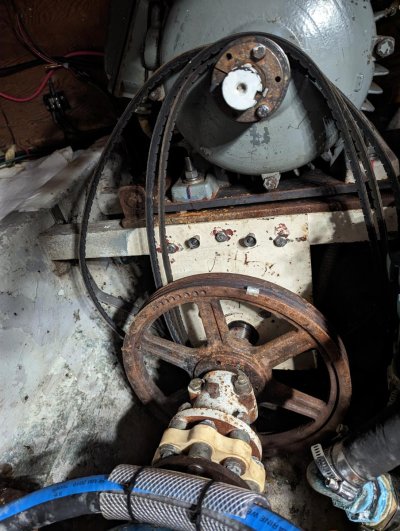
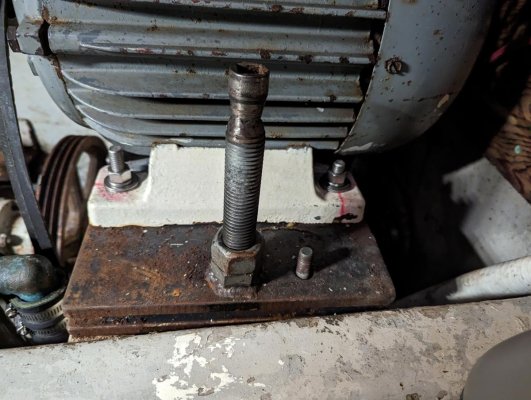
It pretty great that it is still there and appears functional.
I agree that a VFD would make this more user friendly.
